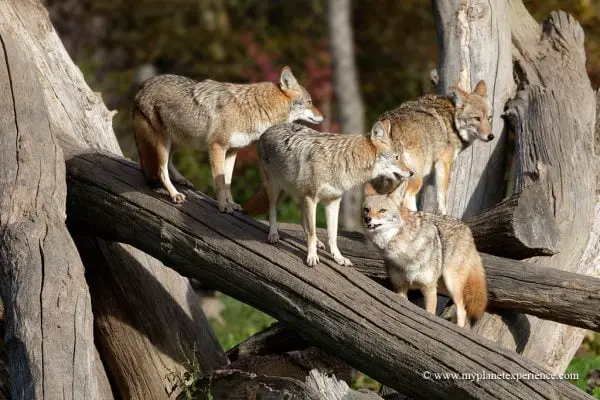Bees, with their vibrant colors, gentle hums, and vital role in our ecosystem, have captivated humans for millennia. These fascinating insects live in complex social structures, exhibiting remarkable cooperation and communication. Beyond their captivating presence lies a captivating layer of language – the diverse collective nouns used to describe them, offering a glimpse into their social dynamics and the complexities of their world.
Collective Nouns for Bees
Unlike some animals with singular collective nouns, bees boast a diverse vocabulary, each term reflecting the specific context and group dynamics:
- Swarm: This widely used term signifies a large group of bees, often in flight, typically when searching for a new home or following a queen bee. It evokes a sense of movement, collective purpose, and the immense number of individuals contributing to this synchronized movement.
Example: As the first rays of dawn painted the sky with hues of orange and pink, a swarm of bees emerged from their temporary shelter, their synchronized flight and buzzing wings creating a captivating spectacle. Their collective movement and shared goal of finding a new home highlighted the remarkable coordination and communication within these groups.
- Colony: This term emphasizes the social structure of bees, highlighting their cooperative living arrangement within a single hive. It evokes a sense of shared space, interdependence, and the complex hierarchy present within these groups.
Example: Deep within the hollow of an ancient oak tree, a colony of bees buzzed with activity. Worker bees diligently collected nectar and pollen, while others cared for the young and maintained the intricate structure of the hive, showcasing the remarkable cooperation and division of labor within the colony.
- Hive: While not technically a collective noun, this term refers to the physical structure where a colony of bees resides and raises their young. It evokes a sense of shared space, collective purpose, and the intricate organization within these buzzing communities.
Example: The entrance to the beehive bustled with activity as worker bees returned from foraging, their pollen-laden legs highlighting their vital role in collecting food for the colony. The intricate structure of the hive, with its hexagonal cells and organized layout, showcased the remarkable engineering and construction skills of these social insects.
- Grist: This less common and somewhat poetic term signifies a group of bees working together, often in the context of building a new hive. It evokes a sense of collective effort, dedicated work, and the shared purpose of constructing a new home for the colony.
Example: Following a successful swarm, the grist of bees worked tirelessly, collecting wax and meticulously constructing the honeycomb foundation of their new hive. Their coordinated movements and focused purpose highlighted the importance of collaboration and shared responsibility within the colony.
Interesting Facts About Bees
Understanding these collective nouns deepens our appreciation for the complex lives of bees. But venturing deeper reveals their fascinating social structure, ecological significance, and the challenges they face:
Masters of Cooperation: Bees exhibit remarkable social organization within their colonies. With a defined hierarchy and specialized roles for each member, they work together to ensure the survival and success of the colony.
Essential Pollinators: Bees play a crucial role in the ecosystem as primary pollinators. By transferring pollen between flowers, they enable plant reproduction and ensure the health and biodiversity of flowering plants, directly impacting food production for humans and animals alike.
Facing Threats: Habitat loss, the use of pesticides, and climate change pose significant threats to bee populations. Promoting sustainable practices, protecting their habitats, and planting bee-friendly flowers are crucial for ensuring their continued existence and vital role in our world.
Masters of Communication: Bees utilize a sophisticated communication system using pheromones, dances, and sounds. This complex communication allows them to share information about food sources, potential threats, and colony needs.
Final Thoughts
From the mesmerizing “swarm” searching for a new home to the industrious “grist” constructing a hive, the diverse collective nouns for bees offer a glimpse into their multifaceted lives and vital role in the ecosystem. By understanding these terms and appreciating the fascinating nature of these creatures, we foster a deeper respect for their social complexity, ecological contributions, and the urgent need to protect them and the intricate symphony of life that surrounds us.
Also Read:





